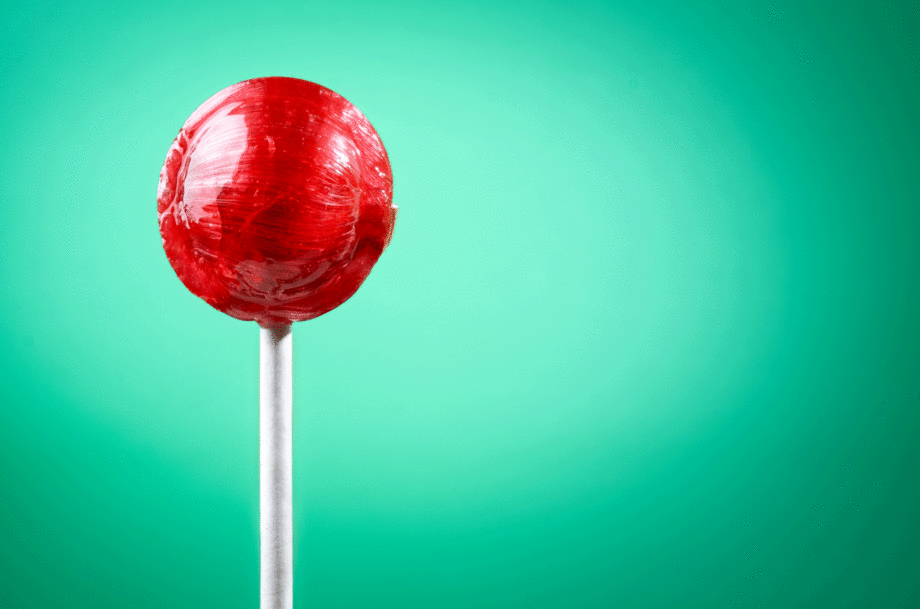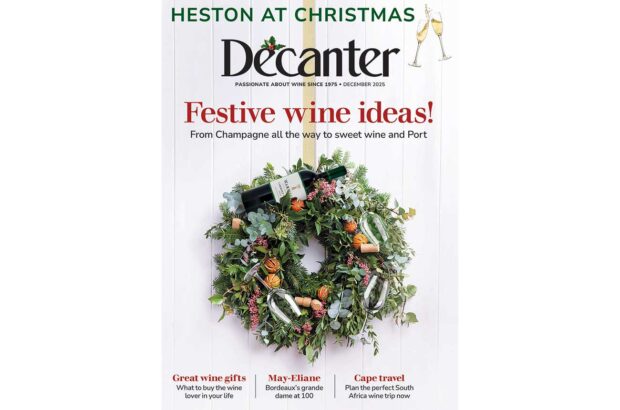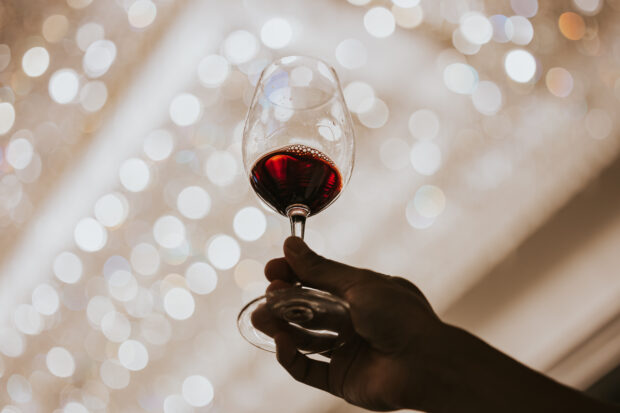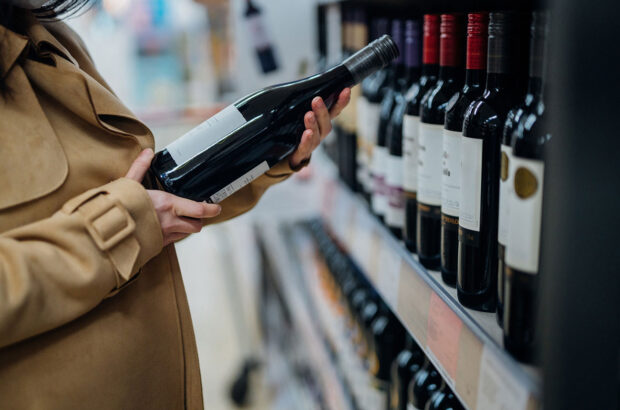In the realm of tasting notes, the word ‘sweet’ tends to be spoken with a certain vitriol. It’s an insult of the highest order – as if sweetness has wronged drinkers personally, poisoned their families, foreclosed their homes.
We’re looking for your absolute driest white, you’ll hear in many a wine shop. I’ll drink anything as long as it’s not sweet. Please, god, make it dry as the desert. Anything but sweet, I beg of you.
Then again, much like with the anti-Chardonnay movement, the oddly aggressive aversion seems to be mired in an allergy to the word more than a firm distaste for residual sugar (RS) itself.
Surely there are valid reasons for the widespread loathing of ‘sweet’ notes in wine. Perhaps you were burned by some screw-top bottle of grocery store wine loaded up with RS to mask general inadequacy. Maybe it was the Riesling you pounded in college before puking in the back of a taxi, or the saccharine Prosecco poured inexplicably at all too many weddings.
All the same, the sweetness-revulsion generalisation seems as if it’s largely been internalised by folks who were spurned by a particular tragic bottle – the likes of whom now conflate said poison apple with the whole spectrum of sweet or off-dry wines.
‘Right now, we have a sparkling rosé with the tiniest bit of residual sugar on the by-the-glass list,’ says Joseph Signa, a server at Brooklyn wine bar, Anais. ‘Often, people will come in and say they want something dry, and I’ll taste them through a handful of things they don’t want. Then, I’ll pour them a glass of these bubbles, and they’ll love it.’
Of course, as he explains it, he’d never describe the wine as sweet. Instead, he’d say it’s full of ripe red fruits. That it’s bright and juicy. And quelle surprise, guests are delighted. It’s not the touch of sugar they dislike; it’s the moniker… the broad categorisation of sweet wine.
It’s worth keeping in mind: sweet is hardly a tasting note.
Signa’s method is not dishonest… it’s just that ‘ripe red fruits’ more accurately describes the palate on the Cabernet Franc in question.
Think about it: What kind of writer would I be if ‘sweet’ were the only adjective I had on hand for the wild salad of fruit, mineral and floral-forward notes present in a glass of wine? Or for that matter, anything at all?
Now, when I posted on the World Wide Web soliciting ‘sweet wine’ opinions, I was met with a host of recommendations for this Tissot Macvin, or that off-dry Riesling – largely from a battery of wine professionals, all of whom had a number of sweet wines to recommend that they, themselves, enjoy drinking after dinner, on ice in the afternoon, with red meats, with stinky cheeses. On the other hand, I was also met with a litany of responses à la: ‘I haven’t had sweet wine since the Moscato at my batmitzvah.’ Or even, in an economy of language: ‘Ew’.
The thing is: We’re! Missing! Out! And I’d bet money on the fact that we’re crouching on the brink of a proper sweet wine renaissance… not merely as a dessert accompaniment (or replacement). In fact, the tastemakers (so to speak) have already… spoken.
Take Château d’Yquem, for example – a rather legendary estate known for its sweet white wines from Sauternes in the Bordeaux region of France. While oft-classified as a dessert wine, Beyoncé and Jay-Z reportedly went nuts over the stuff served alongside cream sauce and fresh truffle ravioli at a wedding last year.
At the same time, we’re watching steak and Madeira pairings – a fortified wine produced on the Portuguese island of Madeira – gain traction online and in restaurants fairly ubiquitously. And while not a new phenomenon by any stretch (the two have been served together since time immemorial), the coupling is making a distinct comeback now that it seems opinions are slowly warming to the oh-so-petrifying prospect of sweet wines.
It’s worth mentioning that Madeira is a fortified wine – meaning that brandy (or other neutral spirits) is added during the fermenting process – but nonetheless, the flavour profile falls within the bounds of what is, indeed, known as a sweet wine. And when enjoyed with steak, the nutty, umami profile cuts through the char immaculately, and the low, caramelised flavours meld brilliantly with red meat.
In short, the pairing works, and if we could just get over the whole sweet classification, there’d be so much to explore. And the wine need not be Château d’Yquem to carry the point.
‘A well-made sweet wine will have more than just sugar. Most of them actually have quite a high amount of acidity or freshness behind that sugar, which makes them balanced, and oh so sumptuous,’ says Ramon Manglano, head sommelier at trending uptown Manhattan French restaurant, Chez Fifi, where he says he particularly likes to pour a sweet wine – 1997 Doisy-Daene – with the chef’s poulet rôti, a chicken dish topped with with cubes of seared foie gras.
‘I was trying to think of something to gild the lily a little… without pulling away from the savouryness of the chicken and morels,’ he explains of the pairing. ‘Older Sauternes style wines get these beautiful mushroomy, saffron, gingery aromas – while the rich honey and sweet fruit tones tend to mellow out – all of which makes sense for the dish, especially with the flavour of the foie gras.’
Tell me that doesn’t sound delicious, I dare you. And what’s more, it makes sense: While we’ve long proselytised the absolute delight of the salty-sweet coupling in food, for whatever reason, we’ve neglected to assume such a combo could play out so gracefully in a wine pairing, too.
The point is, ‘sweet’ as a signifier is rudely diminishing to wines with such expansive and complex profiles, the likes of which are designed to converse brilliantly with so many savoury foods (or, frankly, nothing at all).
‘Sweet doesn’t actually feel like its own tasting note,’ adds Signa. ‘You’ll get the whole fruit leather thing, the rich toasted nut thing, the dried currant thing. It’s so good with dessert because great sweet wines have such excellent acidity. They actually cut through the sweetness.’
While harvesting grapes in Alsace in 2023 – les vendanges, so it’s called en Français – the cellar manager with whom I worked, a 25-year-old boy with a bun and an immaculate palate, scoffed at my juvenile insistence that I was not a dessert wine person.
In response to his monologue in favour of a good fortified or off-dry wine to pair with the typical French after-dinner cheese course, I’d whined that I’d still prefer to drink something without residual sugar.
‘You’re going to taste these together, and you’re going to like it,’ he told me one evening in clipped French, handing me a small, delicate glass of fortified Riesling with a crumbled wedge of blue cheese.
Fully prepared to reaffirm my stance, I obeyed… and let me tell you: However needlessly, radically stubborn I may be, I had no ground left to stand on. Both flavours were large, loud, and self-assured, but neither entirely overpowered the other. The acidity in the wine cut through the richness of the cheese so cleanly. The nutty apricot-honey undertones interlaced seamlessly with the savoury funk. It all made sense; it worked. So, naturally, I admitted defeat and asked for a second glass.
‘The truth is, everyone wants to drink something that makes them happy,’ says Signa. ‘And sugar makes people happy.’







